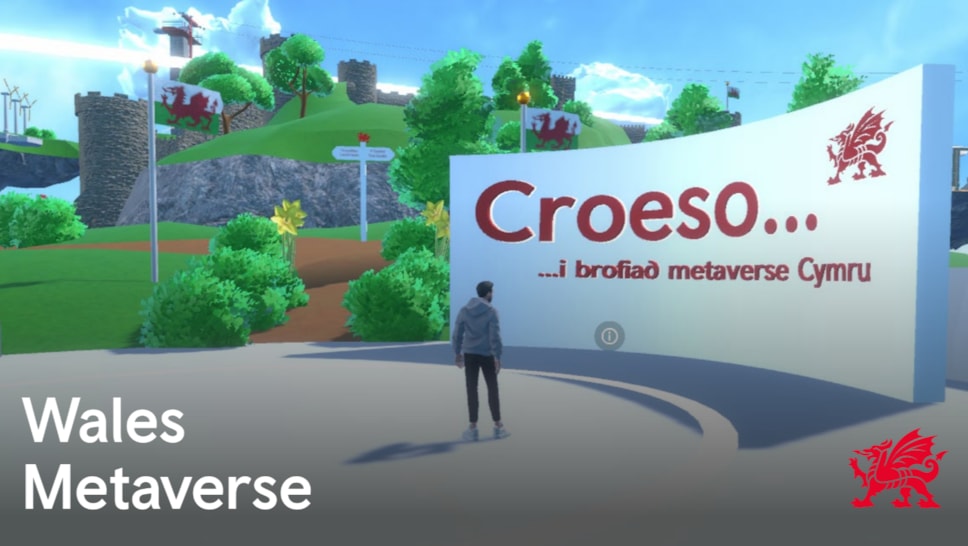A while ago, inspired by the podcast “Jong Beleggen” (Young Investing), I began my journey into the world of investing. Initially, I relied on AI primarily to quickly find information on stocks and ETFs, using tools to filter through data and get fast insights on specific industries and markets. This was a huge time-saver compared to manual research, allowing me to analyze trends and key financial data more efficiently. However, I soon realized that generative AI could take my investment strategy to a new level by not just retrieving information but generating actionable insights.
Generative AI tools offer much more than search functions, they can synthesize vast amounts of data and generate tailored reports that help me make more informed decisions. For instance, I now use Generative AI to create concise summaries of market reports or even generate potential investment strategies based on historical data. These tools process vast quantities of information and highlight key takeaways, enabling me to focus on strategic decision-making rather than spending hours analyzing financial statements. One of the most valuable aspects of Generative AI is its ability to project hypothetical scenarios based on specific variables I input. Whether I am looking to compare ETFs in renewable energy under different economic conditions or generate new investment ideas by cross-analyzing trends across industries, these tools help me visualize potential outcomes. This added layer of insight has helped me uncover opportunities I might have otherwise missed.
While I use Generative AI more and more, I would not say I rely on it entirely. Whenever AI presents something promising, I always double-check the information before making any purchases. I see AI as a valuable assistant for quick data processing and generation of ideas, but final decisions always involve additional research and verification.
Looking forward, I am excited and curious about the potential of these tools to incorporate real-time data and more accurate predictive models. With further development, I believe Generative AI could offer even more precise, personalized insights to help investors adapt to market shifts in real-time.
Overall, transitioning from basic AI for searches to incorporating generative AI for deeper analysis has transformed my investment strategy. These tools have not only saved me time but also allowed me to think more strategically, turning data into actionable insights that drive smarter investment decisions.


